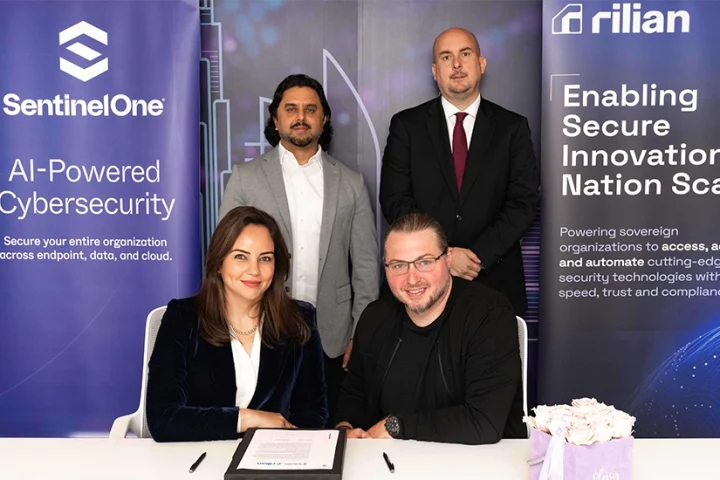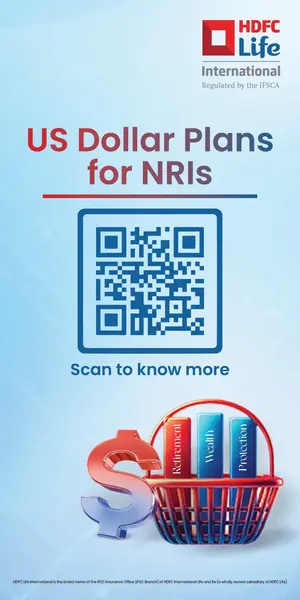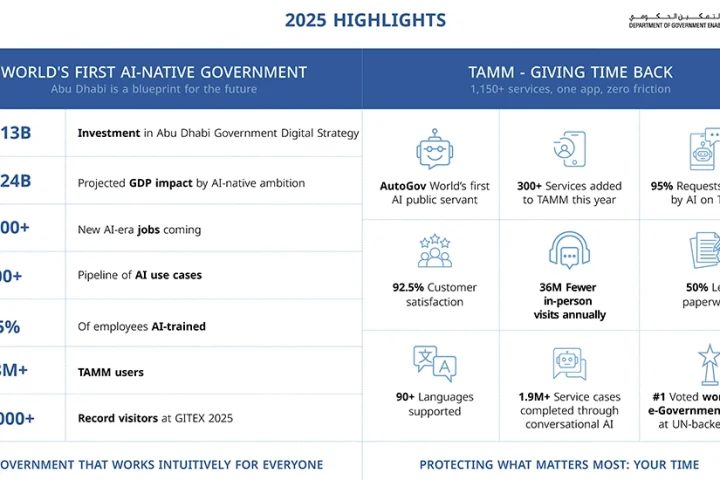Making emerging technologies compliant by design.
The accelerated adoption of emerging technologies such as artificial intelligence (AI) and the Internet of Things (IoT) is opening new frontiers for businesses across industries. From intelligent automation to real-time analytics, the opportunities are transformative. However, this wave of innovation also ushers in significant compliance challenges, placing mounting pressure on enterprises to manage risk, meet evolving regulations, and safeguard trust.
One of the most pressing concerns is the sheer volume, variety, and velocity of data generated by AI and IoT systems—often in real time and from diverse, distributed endpoints. Managing, protecting, and governing this data to align with regulatory mandates is becoming increasingly complex.
Data privacy at the core of AI and IoT deployments
“AI systems frequently rely on large datasets, which may include sensitive or personally identifiable information,” explains Islam Afifi, Regional Director, Technical Sales Middle East & CIS at Veeam. “Ensuring proper data privacy, data retention, and auditability is critical—not only to comply with regulations like GDPR or CCPA but also to maintain trust with customers and stakeholders.”
In the case of IoT, compliance complexity increases further. IoT-generated data often originates outside traditional IT environments and across jurisdictions with differing legal and regulatory frameworks. “This makes data residency and sovereignty an ongoing challenge,” Afifi adds.
The constantly shifting landscape of global and regional regulations adds another layer of difficulty. As governments respond to new threats and technological advancements, organizations must stay agile and ready to pivot. Updating access controls, modifying data storage policies, and implementing new reporting tools all become essential capabilities.

“For emerging technology domains, cybersecurity regulations are rapidly evolving,” notes Kylie Watson, Head of Cybersecurity and Field CISO – APJ MEA, DXC Technology. “Companies must regularly consult local legislation to ensure compliance, particularly in areas relating to privacy, safety, or critical infrastructure.”
Gulf nations like Saudi Arabia and the UAE have introduced robust regulatory frameworks aligned with international standards such as ISO 27001 and the NIST Cybersecurity Framework. Where local laws are silent or underdeveloped, these globally recognised standards offer a structured and reliable approach to managing cybersecurity risk and ensuring regulatory alignment.
The technical side of compliance
From a technical standpoint, AI adoption introduces additional complexities. Data privacy becomes especially difficult to manage when AI models rely on large volumes of data from distributed endpoints—such as wearables, sensors, and location trackers. These sources often carry sensitive personal, health, or behavioural information.
Organizations must therefore ensure that AI systems ingest data only from approved and governed sources. “This becomes particularly important given the sprawl of APIs and the diversity of data flows across numerous third-party suppliers,” says Afifi. To address these challenges, enterprises must establish strong governance mechanisms, enforce data anonymization protocols, and implement proof-of-provenance systems to ensure traceability and audit readiness.
Data sovereignty in a hyperconnected world

“As AI and IoT technologies become increasingly intertwined in modern digital infrastructure, data privacy and sovereignty emerge as top concerns,” warns Meriam ElOuazzani, Senior Regional Director, META, SentinelOne. “IoT devices continuously collect sensitive personal and operational data, while AI systems analyze and infer patterns from this data—sometimes uncovering insights that users have not explicitly consented to share.”
In regions such as the GCC, new regulations like the UAE’s Personal Data Protection Law (PDPL) and Saudi Arabia’s Personal Data Protection Law are placing stricter obligations on data localization, lawful processing, and cross-border governance. These developments require organizations to be more intentional in designing and maintaining their data architecture.
Responsible AI and the black box problem
AI’s impact on compliance goes beyond data handling. Another critical challenge is model explainability. Many AI algorithms—especially those used in sensitive domains such as healthcare, surveillance, and finance—operate as “black boxes,” making it difficult for organizations to justify their outputs.
With laws like the EU AI Act and growing momentum around responsible AI, businesses must be prepared to demonstrate how their AI systems arrive at decisions. “The challenge becomes even greater when models are retrained or updated dynamically, raising issues with version control, auditability, and legal accountability,” ElOuazzani says.
According to Morey Haber, Chief Security Advisor at BeyondTrust, a core issue lies in the rapid pace of AI development. “The biggest compliance challenges around technologies like AI stem from their fast evolution and the lack of technical understanding among enterprise users,” he says. “In contrast, IoT and OT, which have been around longer, have benefited from clearer regulatory frameworks and a more mature ecosystem of security controls.”
Innovation and compliance: A strategic balancing act
So how can enterprises pursue innovation while remaining compliant?

“It requires a compliance-by-design approach,” says Sreedharan Srinivasan, Director of Compliance at ManageEngine. “Regulatory considerations must be embedded at every stage of the product life cycle—from design and development to deployment and scaling.”
This includes conducting data protection impact assessments (DPIAs), using privacy-enhancing technologies, and deploying comprehensive data governance frameworks. Cross-functional collaboration between legal, engineering, product, and compliance teams is essential to ensure innovation aligns with regulatory requirements.
Transparency, Srinivasan adds, is vital. Enterprises must provide clear disclosures on data use and implement consent mechanisms to build user trust. Best practices like encryption, Zero Trust architecture, and regular security audits further help mitigate risk while supporting continuous innovation.
Testing and regulatory sandboxes

In the UAE, organizations can explore sandboxes and pilot environments to test emerging technologies in controlled settings. “Regulatory sandboxes—especially those available in the UAE’s financial sector—allow AI and IoT solutions to be trialled under monitored conditions,” says Ivan Milenkovic, Vice President – Cyber Risk Technology, EMEA at Qualys.
These pilots, often run with synthetic data or a limited user base, enable compliance teams to assess risks, identify biases, and refine controls before a broader rollout. For instance, a bank using AI for customer profiling might launch it initially within a sandbox to fine-tune the model and document its compliance posture.
Early engagement with regulators is also encouraged. “Regulatory bodies such as the UAE Data Office welcome proactive collaboration,” Milenkovic says. “This helps organizations align their innovations with current frameworks and receive informal guidance that can smooth the path to full compliance.”
Global compliance at scale

For multinational companies, maintaining compliance across jurisdictions is particularly challenging. “Organizations need to work closely with their legal departments and, when necessary, consult external legal counsel in other regions,” advises Sascha Giese, Global Tech Evangelist for Observability at SolarWinds. “Global policies rarely work without local adaptation—what’s acceptable in one geography might be problematic in another.”
As compliance requirements evolve, supply chain and vendor accountability is becoming more significant. “With the emphasis on supply chain security and third-party risk, vendors are now subject to the same regulatory scrutiny as the enterprises they serve,” adds Srinivasan.
A robust Governance, Risk, and Compliance (GRC) framework becomes essential for tracking regulations, aligning with partner obligations, and remaining agile. Businesses that build a strong foundational compliance program can then tailor it to meet specific regional or industry requirements.
In a landscape defined by rapid technological change, compliance is no longer just a legal necessity—it is a strategic differentiator. Enterprises that embed governance into their innovation cycle, invest in transparency, and remain proactive in their engagement with regulators will be better positioned to lead in the AI- and IoT-driven digital economy.
























